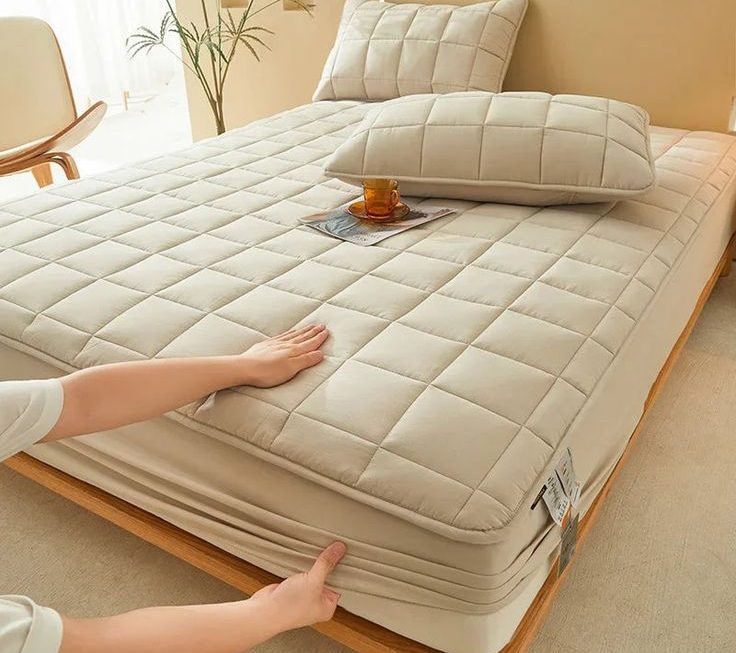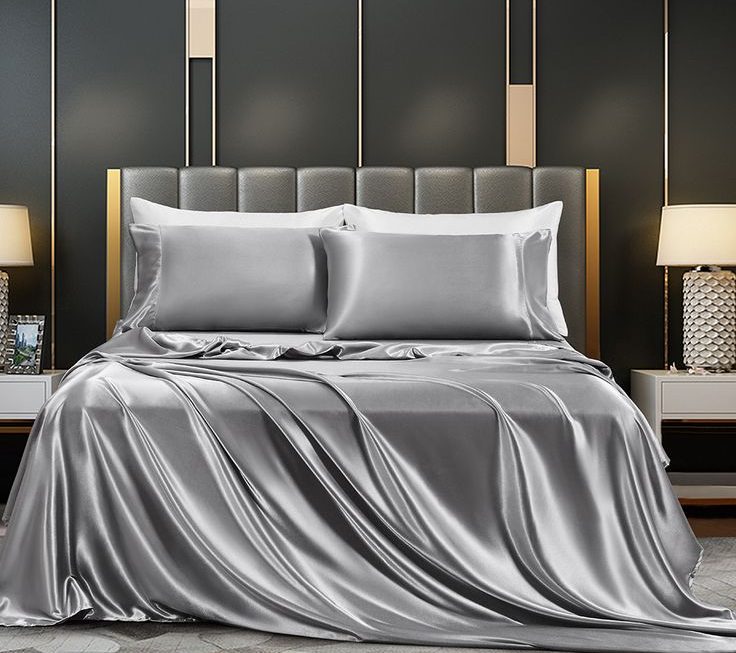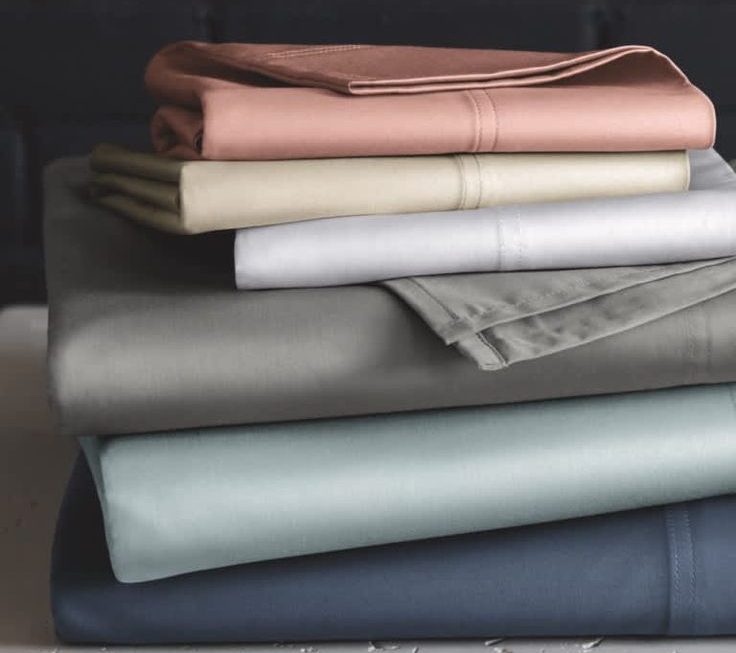 Introduction:
Introduction:
Saggy couch cushions can be an annoyance, causing discomfort and making your couch look worn and unkempt. However, there are effective methods to fix saggy couch cushions and restore their shape and support. In this comprehensive article, we will explore various techniques and considerations for fixing saggy couch cushions, helping you regain the comfort and aesthetic appeal of your couch.
Materials and styles:
Couch cushions come in various materials and styles, offering different levels of comfort and aesthetics. Here are some common options:
Materials:
Foam: Foam is a popular cushion material due to its comfort and resilience. It can vary in density and firmness levels, providing different levels of support.
Polyester Fiberfill: Polyester fiberfill is a soft and fluffy material commonly used in cushions. It offers a plush feel and provides comfort.
Down Feather: Down feathers are known for their superior softness and luxurious feel. They offer excellent comfort but may require regular fluffing to maintain their shape.
Memory Foam: Memory foam cushions contour to the body’s shape, providing customized support and pressure relief. They are known for their ability to return to their original shape after use.
Spring Coil: Some couch cushions feature spring coils within the cushion structure, offering additional support and durability.
Styles:
Box Cushions: Box cushions have straight edges and a defined shape. They are typically more structured and provide a tailored look.
T-Cushions: T-cushions have a curved front edge that extends beyond the arms of the couch. They create a more relaxed and informal look.
Knife-Edge Cushions: Knife-edge cushions have sharp, straight edges and no piping or welt. They offer a clean and minimalist appearance.
Bullnose Cushions: Bullnose cushions have rounded front edges, providing a softer and more inviting look.
Additionally, couch cushions can be upholstered in various fabrics such as cotton, linen, polyester, microfiber, leather, or velvet. Each fabric has its own texture, durability, and aesthetic qualities, allowing for a wide range of design possibilities.
The specific materials and styles of couch cushions may vary depending on the brand, manufacturer, and individual preferences. When choosing cushions, consider factors such as comfort, durability, maintenance requirements, and how well they complement your overall decor style.
Potential drawbacks of having saggy couch cushions:
Saggy couch cushions can have several negative consequences that can affect both the comfort and aesthetics of your couch. Here are some potential drawbacks of having saggy couch cushions:
Reduced Comfort:
Saggy cushions often lack the necessary support and resilience, leading to decreased comfort. They may not provide adequate cushioning and can cause discomfort or uneven seating. This can make it difficult to relax or enjoy sitting on the couch for extended periods.
Poor Posture and Back Support:
When couch cushions sag, they fail to provide proper support to the body, especially the back and spine. As a result, sitting on a saggy couch can lead to poor posture and strain on the back muscles. Over time, this can contribute to back pain and discomfort.
Uneven Sitting Surface:
Saggy cushions may create an uneven sitting surface. This can cause an imbalance and make it challenging to find a comfortable position. Uneven cushioning can also lead to pressure points and discomfort in specific areas of the body.
Decreased Aesthetics:
Saggy cushions can negatively impact the overall appearance of your couch. They create a lumpy and unkempt look, making the couch appear worn out and aged. This can diminish the visual appeal of your living space and affect the overall aesthetic of the room.
Potential Damage to the Couch Frame:
Continuous use of a couch with saggy cushions can put added stress on the couch frame. The lack of proper support can cause the frame to weaken or become damaged over time. This may require costly repairs or even replacement of the entire couch.
Limited Resale Value:
If you plan to sell or upgrade your couch in the future, saggy cushions can significantly reduce its resale value. Buyers are likely to look for a couch with firm and supportive cushions, and saggy cushions can be a deterrent.
It is important to address saggy couch cushions promptly to maintain comfort, support, and the overall condition of your couch. Depending on the severity of the sagging, options for remedying the issue may include using cushion inserts or foam, replacing the cushion filling, or seeking professional reupholstering services.
Identify the Cause of Sagging:
Age and Usage: Over time, couch cushions can lose their shape and support due to regular use and the natural wear and tear of materials.
Cushion Quality: Lower-quality cushions or those made with less durable materials may sag more quickly than higher-quality options.
Rotating and Flipping Cushions:
Regular Rotation: Rotate the cushions periodically to distribute the weight evenly and prevent excessive sagging in a particular area.
Flipping the Cushions: If applicable, flip the cushions over to utilize the unused side, promoting more even wear and extending their lifespan.
Adding Supportive Filling:
Foam Inserts: Purchase foam inserts specifically designed for couch cushions to add extra support and restore the cushion’s shape.
Polyester Fiberfill: Stuff polyester fiberfill into the cushions to plump them up and provide additional support.
Reinforcing Cushion Structure:
Webbing Support: Check the couch’s webbing support system and replace any worn or sagging straps to restore cushion firmness.
Spring Repair: If your couch has coil springs, consider repairing or replacing any broken or sagging springs to improve cushion support.
Restuffing Cushions:
Foam Replacement: Remove the existing foam from the cushions and replace it with high-density foam to restore cushion shape and firmness.
Batting or Fiberfill: Add batting or fiberfill to the cushion covers to improve their plumpness and resiliency.
Professional Reupholstery:
Reupholstering Services: If your couch cushions are severely sagging or damaged, consider hiring a professional reupholstering service to replace the cushion interiors and restore the couch’s appearance.
Considerations for Cushion Maintenance:
Regular Fluffing: Regularly fluff and reshape the cushions to distribute the filling evenly and maintain their plumpness.
Proper Cleaning and Care: Follow the manufacturer’s cleaning instructions to keep the cushions clean and prevent damage that can contribute to sagging.
Preventive Measures:
Proper Weight Distribution: Encourage proper weight distribution on the couch by advising family and guests to avoid sitting on one particular spot for extended periods.
Rotating Seating Positions: Encourage everyone to change their seating positions regularly to prevent excessive wear on specific areas.
Investing in Quality Couches:
Research and Comparison: Prioritize quality when purchasing a couch, considering factors such as cushion construction, materials, and overall durability.
Longevity and Value for Money: Investing in a high-quality couch may initially cost more but can provide long-term comfort and aesthetics, reducing the likelihood of sagging cushions.
Conclusion:
With the right techniques and considerations, you can successfully fix saggy couch cushions and restore the comfort and appearance of your couch. By identifying the cause of sagging, rotating and flipping cushions, adding supportive filling, reinforcing the cushion structure, restuffing cushions, or considering professional reupholstery, you can take steps to address the issue and prevent further sagging.
Remember to practice regular cushion maintenance and consider preventive measures to prolong the lifespan of your couch. Invest in quality couches to minimize the likelihood of sagging cushions in the future. Embrace the techniques and considerations provided in this article to restore the comfort and aesthetics of your couch, enabling you to enjoy its coziness for years to come.After the sofa is repaired, you can sit comfortably on the cushions and use clevo nh70 to work comfortably.






